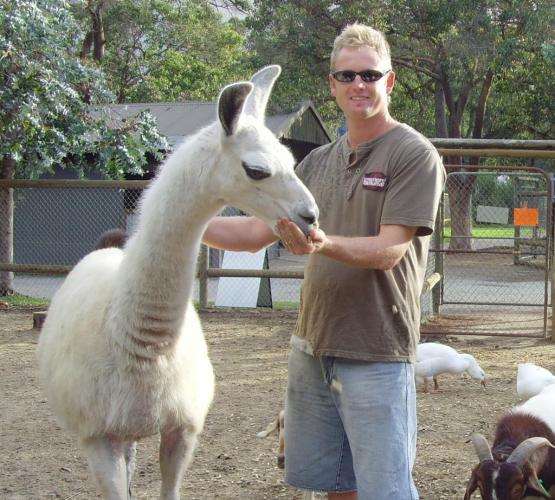- +61 8 9248 1984
-
WHITEMAN
13.0℃

Lama glama
Domesticated
20 - 30 Years
130 - 200 Kilograms
Llama's generally feed on grass, hay, corn silage, alfalfa, and grass roots.
Llamas are a domesticated species of South American camelid, along with camels and alpacas. Llamas originated from the central plains of North America about 40 million years ago, and migrated to South America about 30 million years ago. They are very social and intelligent animals, living 20-30 years, growing to an average height of 1.75 meters, and can weigh 130-200 kilograms. Llamas are very quiet animals using humming as their primary means of vocal expression. Llamas have many uses in society today including; fleece, guarding of stock, therapy, load carriers, and family pets. Llamas have a very long gestation period, between 335 and 360 days (a year!), with baby llamas called crias. A common question is; “Do llamas spit?” – Usually llamas spit to tell another llama to get out of their space or food. A bred female will spit at males who are trying to approach her, and some llamas will spit at others getting too close to their crias. Rarely will llamas spit at their owners. If they do, it is usually in fear or pain and often means the handler is at fault. Spitting at humans is the exception not the rule.